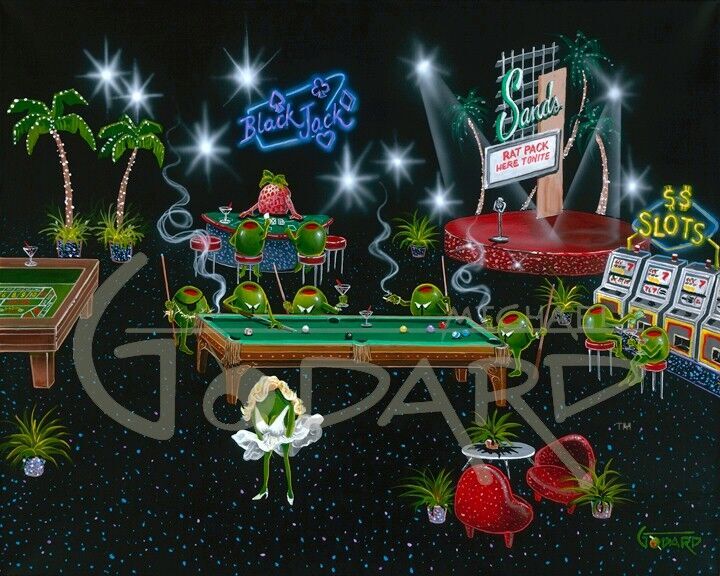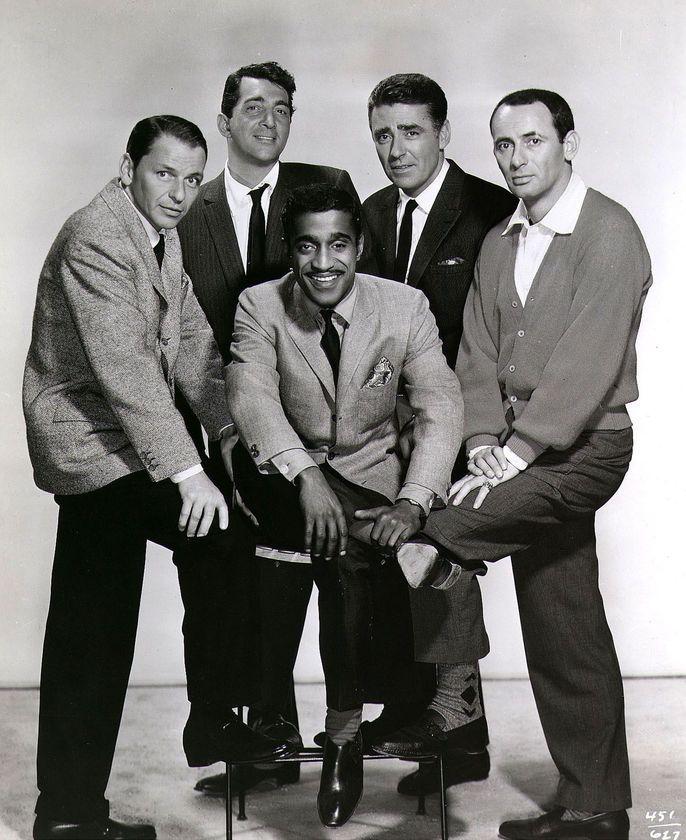

Who were the original members of the rat pack series#
The book understandably loses a bit of steam about halfway through when the narrative turns to Bishop’s post-Rat Pack career, including his own four-season TV series and the inordinate amount of backstage drama that ensued.

Through a series of entertaining original interviews with Rat Pack associates and performers like Mickey Rooney, Buddy Hackett, Shecky Greene, and Rose Marie, the authors product a very atmospheric narrative of a showbiz culture long gone. Lawford became persona non grata with Sinatra after the singer was snubbed by JFK post-election, despite all the work Sinatra and the Pack had done to help him get elected (with some possible shady Mafia ties when it came to votes in Illinois). Kennedy who had a new job in 1960 as President of the United States. Though at least he fares better than Lawford, who seems to be kept around mostly for his connections to his brother-in-law, a certain John F. Others interviewed chime in that he was inconsiderate and unnecessarily arrogant. He’s portrayed as a modestly talented comic, but a world class kiss-ass who knew when to keep his mouth shut or look the other way, and only attained fame via his association with the more famous. The picture of Bishop that Lertzman and David develop is more often than not unflattering. When film historian/writer Richard Lertzman originally approached Bishop about writing a book, the aging comic clearly and loudly expressed that he did not want to revisit his memories or spill tales of the Rat Pack, preferring to keep the focus on his life and career.Įventually worn down by the co-author’s persistence, Bishop told more with each subsequent interview that he and Lertzman had over 12 years starting in the 1990s.Īnd while the myth of the Rat Pack shows the principals referred to as “The Summit” (both in Las Vegas and a later run in Florida) contends that it was Frank Sinatra and his pals playing around, much of the seemingly improvised material was actually rehearsed. The book represents decades of interviews, though without the guaranteed participation of its subject. Bishop’s comedy stylings are clean, and is he is dubbed the “Frown Prince of Comedy” for his often dour expression and delivery, part of the act.

It’s not until he meets and befriends Sinatra in 1952 that his star begins to rise with the fairy dust sprinkled by an association with Ol’ Blue Eyes.


 0 kommentar(er)
0 kommentar(er)
